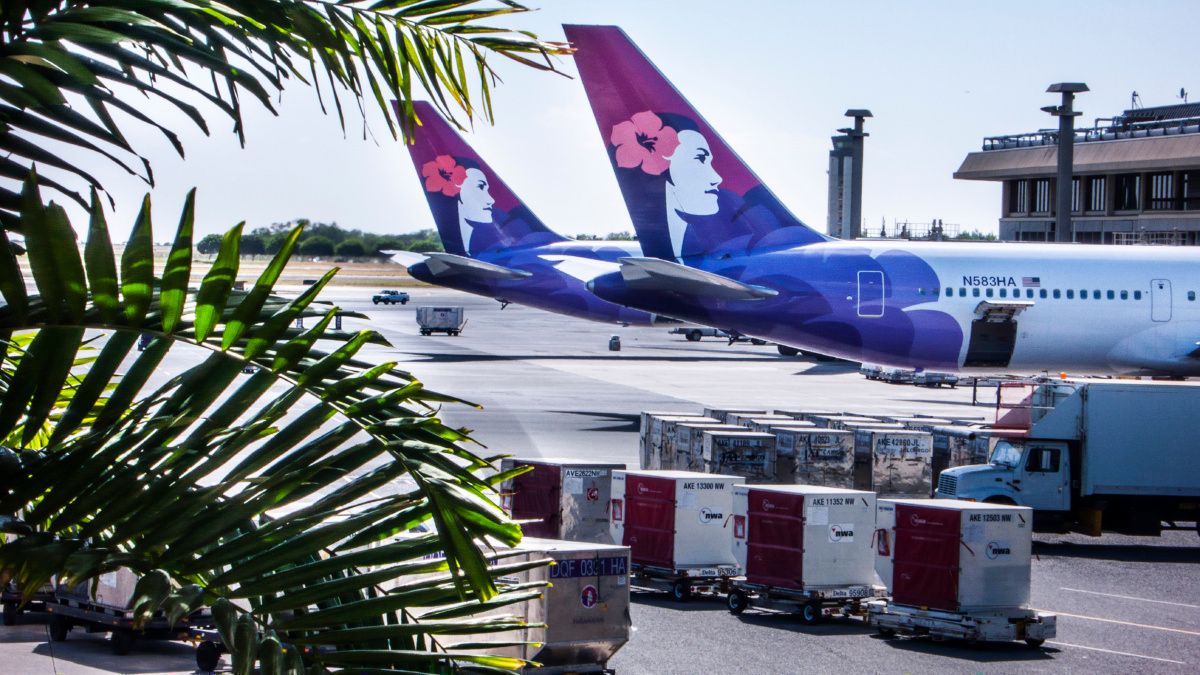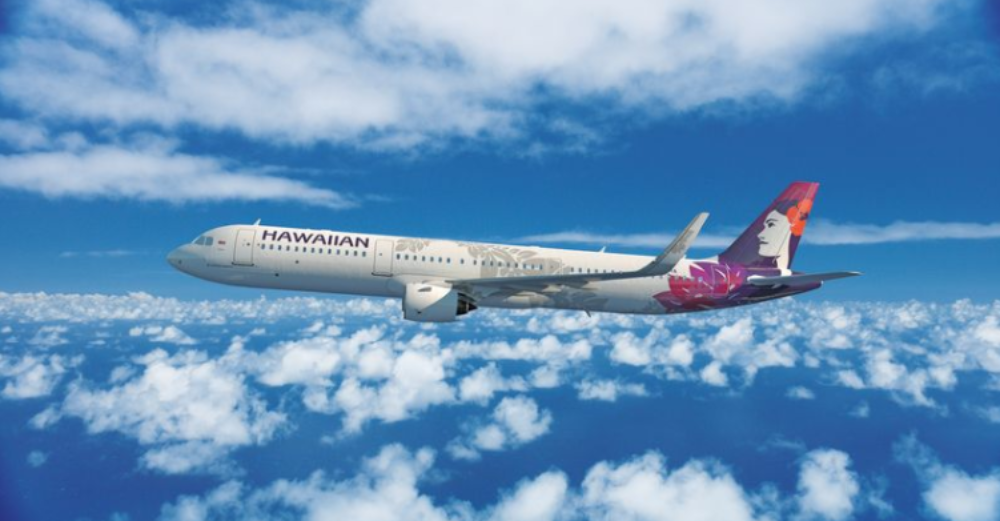Despite a recent relaxation in quarantine rules and an uptick in traffic numbers, Hawaiian Airlines isn't out of the woods yet. In an interview this week, the Hawaiian Airlines CEO said bookings were trending in the right direction, but there was a long way to go before business recovered to 2019 levels.
Following the outbreak of COVID-19 earlier this year, Hawaii imposed a 14-day self-quarantine upon arrival rule on all incoming travelers in March. This saw passengerr traffic into Hawaii plunge. Last year, between 30,000 and 40,000 travelers would arrive in Hawaii every day. This year, when numbers were at their lowest, daily passenger numbers into Hawaii hovered around 500.
That resulted in Hawaiian Airlines suspending the majority of its flights, letting go some 5,000 workers, renegotiating contracts, deferring non-essential expenses, and fighting to reduce a US$3 million per day cash burn.
Stay informed: Sign up for our daily aviation news digest.
Hawaiian Airlines CEO cautiously optimistic
But last week, Hawaii relaxed its 14-day self-quarantine rule. The pre-travel testing program allows passengers who test negative for COVID-19 with 72 hours of traveling to skip quarantining upon arrival. That's seen an immediate positive impact on Hawaiian Airlines' passenger numbers and has given the airline's CEO some cause for optimism.
"For November and December, things are starting to pick up.", Peter Ingram told Yahoo Finance today.
"I think here over the next couple months we'll ramp that up quickly to about 50% of where we were before.
“I think we’re well beyond next summer before we’re back to where we were in 2019.”
On the first day of the relaxed travel regime, passenger numbers to Hawaii immediately bounced up to 8,219. That might be a fraction of last year's numbers, but it's a big improvement on the low of 500. Around 1.4 million people live in Hawaii, and tourism typically accounts for 23% of Hawaii's economic activity. Getting travelers back onto Hawaii bound planes is not just important for Hawaiian Airlines, but businesses of all sizes across the islands.
Hawaiian Airlines ramping up services to mainland USA
When things were at their worst, Hawaiian Airlines suspended nearly all its flights to mainland USA. These flights typically accounted for the bulk of the airline's business. Services have gradually been restored. Earlier this month, flights to Las Vegas resumed. In early November, flights to Oakland and San Jose are restarting. By mid-November, Hawaiian Airlines will fly to ten mainland cities in the United States.
Before the relaxation of quarantine rules, Hawaiian Airlines ran flights to the mainland at 10% to 15% of 2019 levels. Now, those flights are running at about 33% of normal capacity. However, with an uptick in bookings, Peter Ingram is hopeful capacity will continue to improve.
"I think here over the next couple of months we'll ramp that up quickly to about 50% of where we were before.”
Mixed fortunes in Hawaiian's other markets
Meanwhile, the forecast across Hawaiian Airlines' other important markets is mixed. Intra-island flights are running at about 55% of 2019 levels. Late last week, the airline announced it was suspending its passenger flights between Honolulu and Molokai and Lanai, causing some locals consternation. Also, Hawaiian Airlines suspended a cargo-only service around the islands.
Hawaiian Airlines is also dipping its toe back in the critical Japanese market. Japan is normally Hawaii's largest inbound international tourist market and a rich revenue source for Hawaiian Airlines. The airline suspended its flights to Japan earlier this year. Now, Hawaiin Airlines is resuming a weekly service between Honolulu and Narita. It's a small start, but it's a step in the right direction.
"We are resuming service to key markets to give our guests more options to visit our islands,” said Brent Overbeek, a senior vice president at Hawaiian Airlines.
There's a long way to go at Hawaiian Airlines before it gets back to 2019 levels. But as Peter Ingram suggests, the worst seems to be over. The challenge for Mr Ingram and Hawaiian Airlines is to navigate back to its former success.



